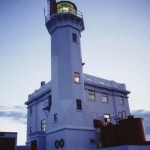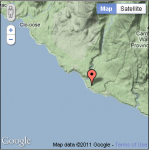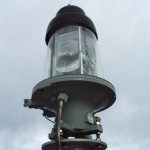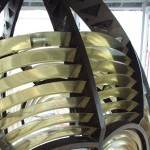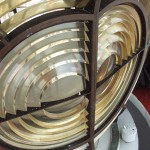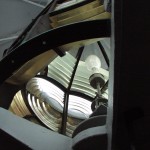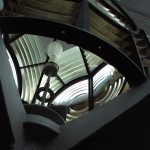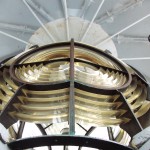July 26, 2011 14:20 ET
Government of Canada to Restore Point Clark Lighthouse National Historic Site
POINT CLARK, ONTARIO–(Marketwire – July 26, 2011) – The Honourable Peter Kent, Canada’s Environment Minister and Minister responsible for Parks Canada, today announced the award of a $622,000 contract to restore Point Clark Lighthouse National Historic Site.
“Last year, Parks Canada developed a plan to restore the Point Clark Lighthouse and reopen it to visitors,” said Minister Peter Kent. “Today I am pleased to announce that the Government of Canada is contributing to preservation of this regional icon of marine heritage.”
The Point Clark Lighthouse is one of six imperial lighthouse towers on Lake Huron and was first lit on April 1, 1859. The 87-foot limestone lighthouse structure is a style rarely seen elsewhere in Canada, and in 1967 was the first Ontario lighthouse to be designated as a National Historic Site by the Government Canada. Although owned by Parks Canada, the Lighthouse is operated as a popular tourist attraction by the Township of Huron-Kinloss.
“The Township of Huron-Kinloss is very excited about the restoration of the Point Clark Lighthouse”, said Mayor Mitch Twolan. “The Township Council, staff and citizens of Point Clarke are pleased that this beacon for tourism will remain tall and strong in our community.”
“Through Parks Canada, our government manages the finest network of protected heritage places in the world,” said Minister Kent. “The work at Point Clark Lighthouse will ensure this national treasure is protected and preserved for generations of Canadians to experience.”
Parks Canada works to ensure Canada’s historic and natural heritage is protected and, through a network of 42 national parks, 167 national historic sites, and four national marine conservation areas, invites Canadians and people around the world to engage in personal moments of inspiring discovery at our treasured natural and historic places.
For additional information, please see the accompanying backgrounder at www.parkscanada.gc.ca under Media Room.
Contact Information
-
Scott Currie
Communications Manager
Southwestern Ontario Field Unit
Parks Canada
519-573-2476

